Extinction rebellion: Renault Clio E-Tech Hybrid 145
In a sea of homogeneous SUVs, Renault’s famous small hatch stands defiant, writes Sean O’Grady. Now given a facelift, the new Clio is an accomplished and confident performer – that we should cherish while it lasts

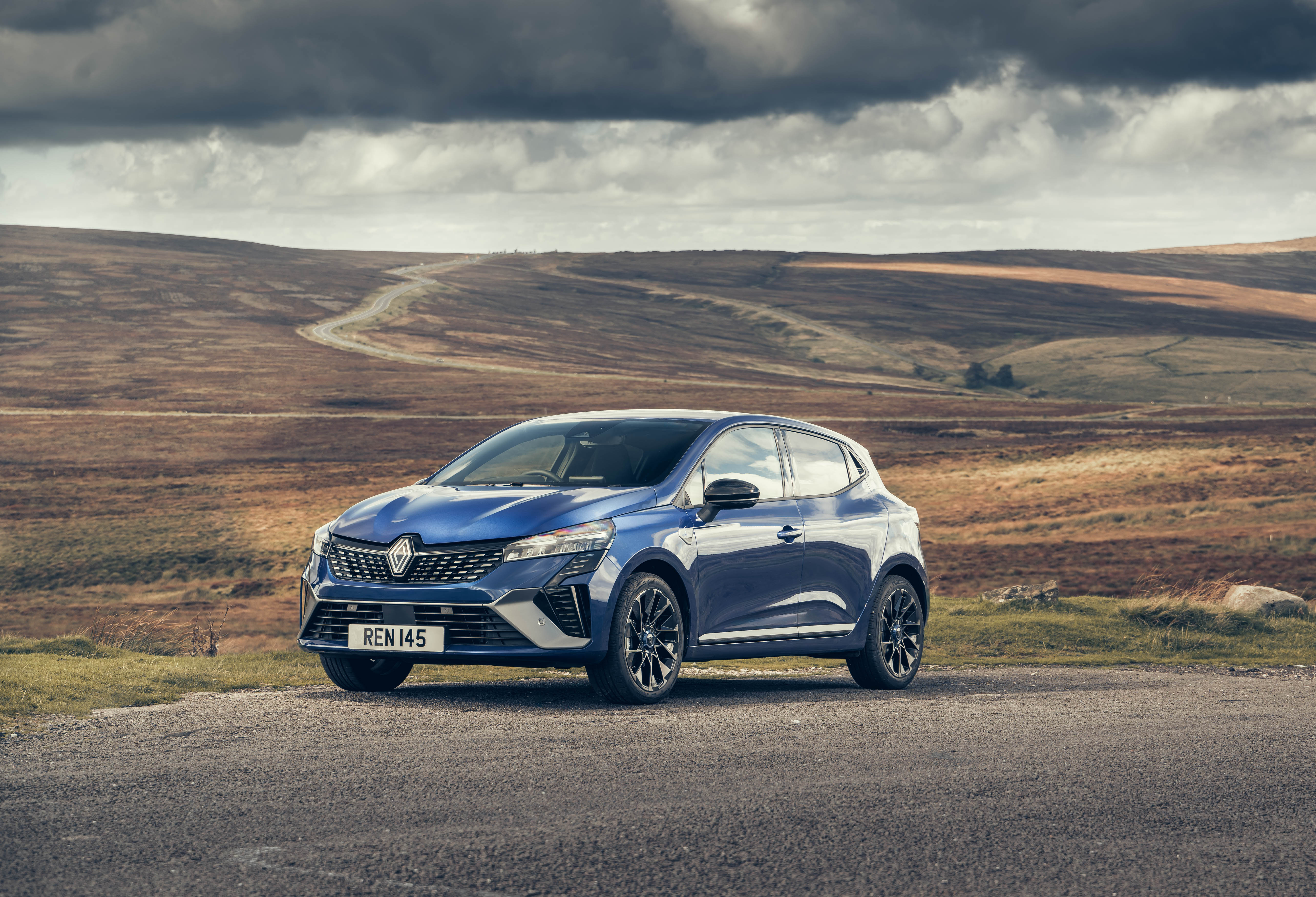
One of the many regrettable aspects of the fashion for the SUV and SUV-inspired “crossover” models is the eclipse of some of the more traditional and, to my mind, better-packaged types of car. The estate seems to be going extinct – the demise of the three Volvo offerings being the latest bit of bad news – as well as saloons and even hatchbacks, or “superminis” as they were called when the likes of the Fiat 127, Renault 5 and VW Polo popularised the genre.
The Ford Fiesta, for example, one of the market leaders in the UK for almost a half-century, is being knocked on the head later this year. It’s getting a bit monotonous, frankly. Whether the cars are electric, hybrids or powered exclusively by an internal combustion engine they all conform to an increasingly generic SUV/crossover look, and it’s quite hard to tell them apart, in any respect. Rather like the proliferation of channels on digital TV, we paradoxically seem to have less rather than more choice: “You can have any car you like, provided it’s an SUV”.
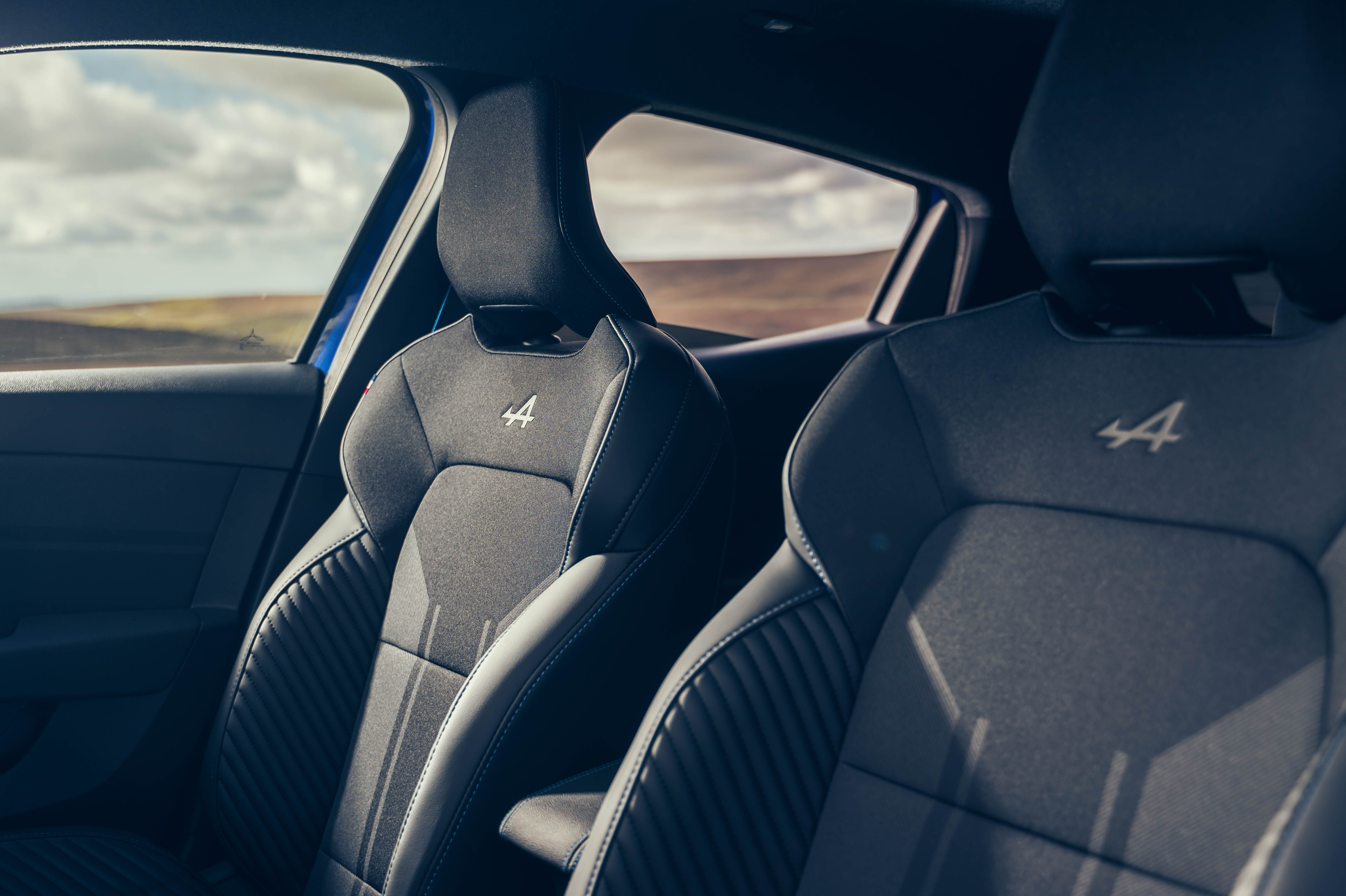
The most grievous loss is at the smaller, cheaper end of the market, as battery electric vehicle (BEV) technology tends to be better suited to higher, wider, fatter (and heavier) vehicles, to max out the battery pack and offer the kind of range customers demand. That inevitably means that the lively cheap hatch with a highly efficient internal combustion engine that we used to know and love is dying out. So we should cherish the few examples that are still around, and prominent among those is the Clio, and Renault’s willingness to still make them, despite the swing to electric and SUVs.
Of course, Renault aren’t immune to that tendency, but all the same, the Clio is still going, alongside its crossover derivative, the Captur, and for that we may as well be grateful.
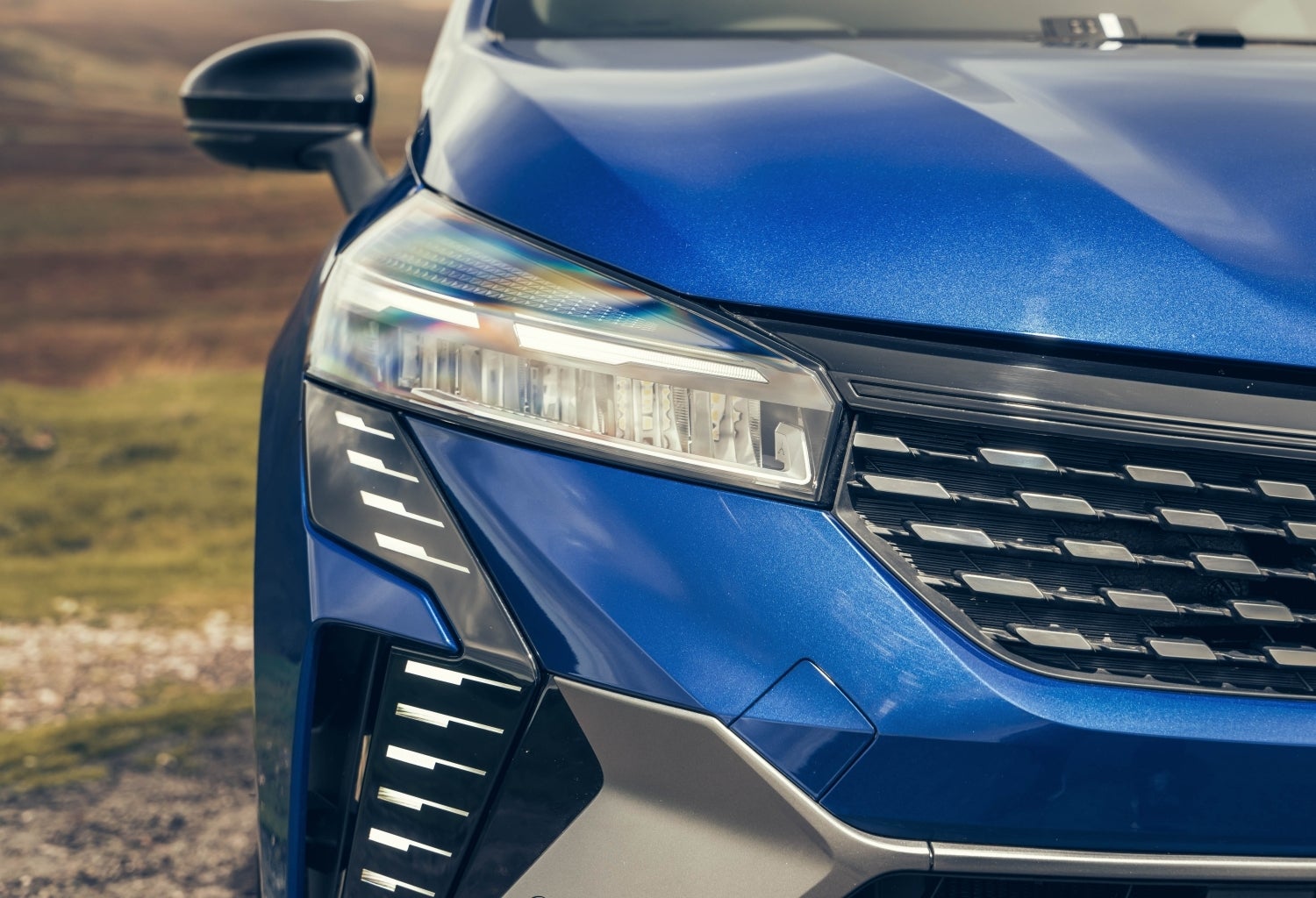
“Clio” is a familiar nameplate that dates back more than 30 years and has been a pretty consistently ubiquitous feature of the scene, and for good reason. Despite their semi-disposable image and omnipresence, which maybe meant they were taken for granted and not so seriously, successive generations of Renault Clios have blended a smooth drive with lively performance, economy, reasonable reliability, a bit of character and they didn’t even rust that badly. Reason enough to take a careful look at the latest iteration, which is a facelifted version of the Clio VI, launched in 2019.
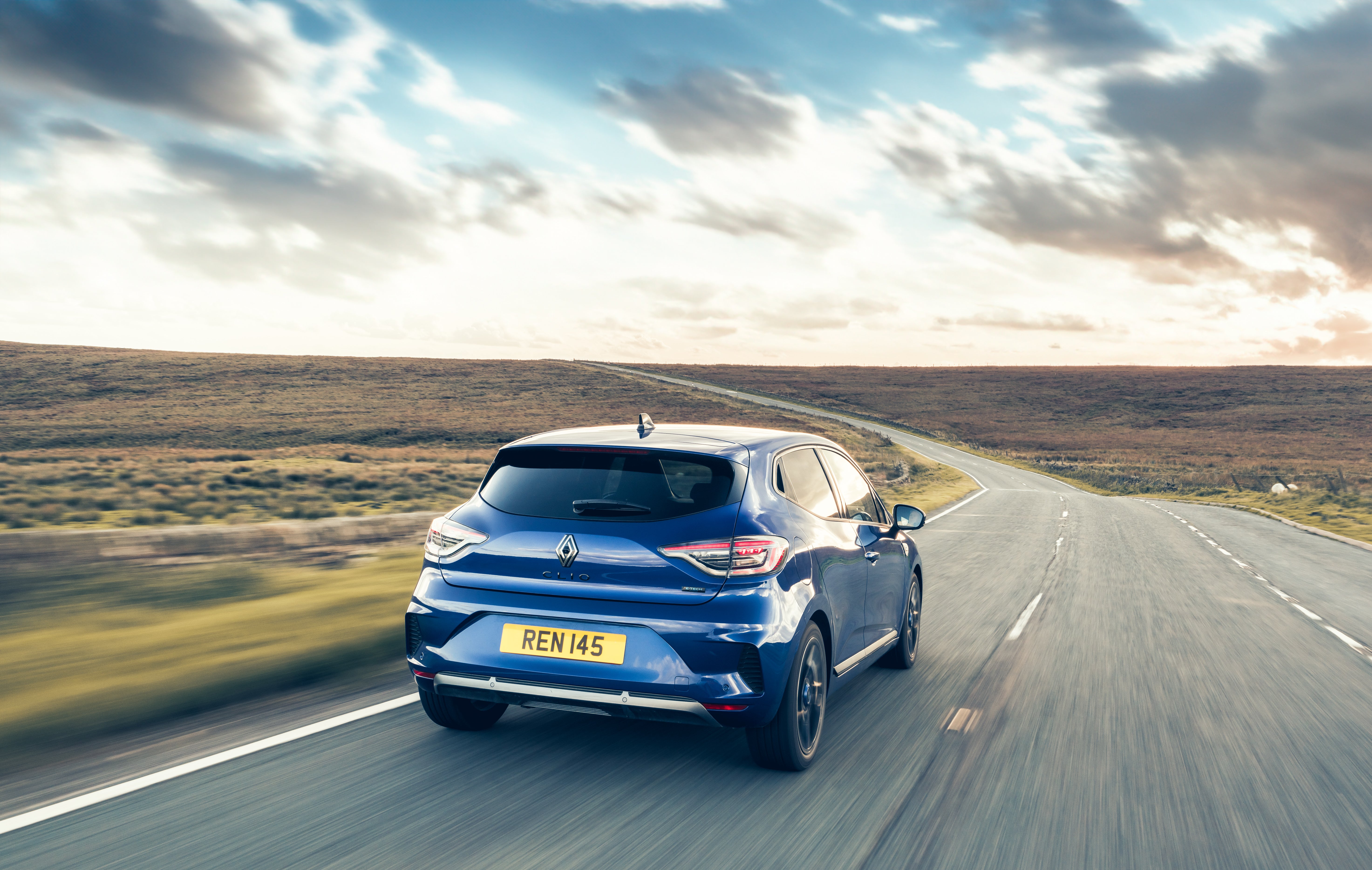
So what’s new? Well, the Clio had a fairly heavy redesign of the front end, and they’ve adopted “Alpine” badging, previously reserved for their performance/electric brand, for a trim level, for marketing reasons that are a loss to me. This generation of Clio can also be had as a petrol/electric hybrid, which is the one I tried out. Indeed, almost all the range are now thus powered – no BEV, plug-in hybrid or diesel variants.
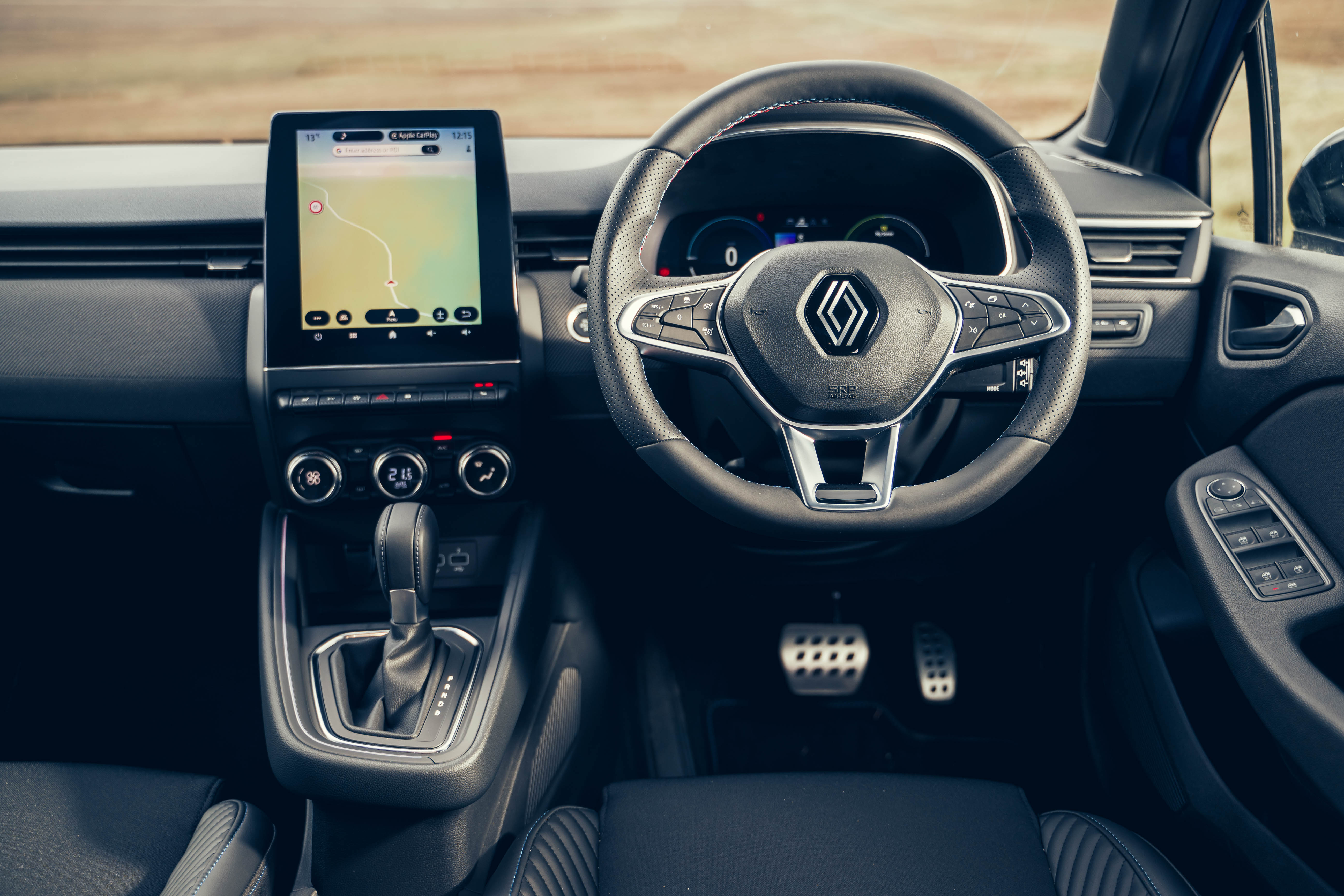
I have to admit the newest Clio took me back to one I drove back in the 1990s, even to the extent that they still fit them with a little control pod for the audio just behind the steering wheel, a hold-over feature that I admit I was surprised to find as we enter the second quarter of the 21st century. It was very much ahead of its time back then, but I’d absent-mindedly imagined that they’d have come up with something more fancy by now. They haven’t, but it still works (you get used to it).
THE SPEC
Renault Clio E-Tech Hybrid 145
Price: £24,795 (as tested; range starts at £16,830)
Engine capacity: 1.6l petrol 4-cyl, 6-sp auto + elec motor
Power output (hp): 145
Top speed (mph): 112
0 to 60 (seconds): 9.3
Fuel economy (mpg): 64.7 (inc battery-only use)
CO2 emissions (WLTP, g/km): 97
Elsewhere the steering wheel has the usual driver-assist functions for adaptive cruise control, though the button to activate lane assist (it tugs the steering wheel if you stray over a white line) is over on the dash near the door, illogically.
The portrait-format touchscreen feels a bit mean by modern standards but is perfectly usable and as safe as any of its kind (and possibly more so given that its functions are limited).
Three big fat rotary dial controls in the dash run the air con, and very clear and simple they are too – another welcome bit of old-school thinking there. The plastics look and feel fairly classy – obviously not upmarket, but plain and unpretentious.
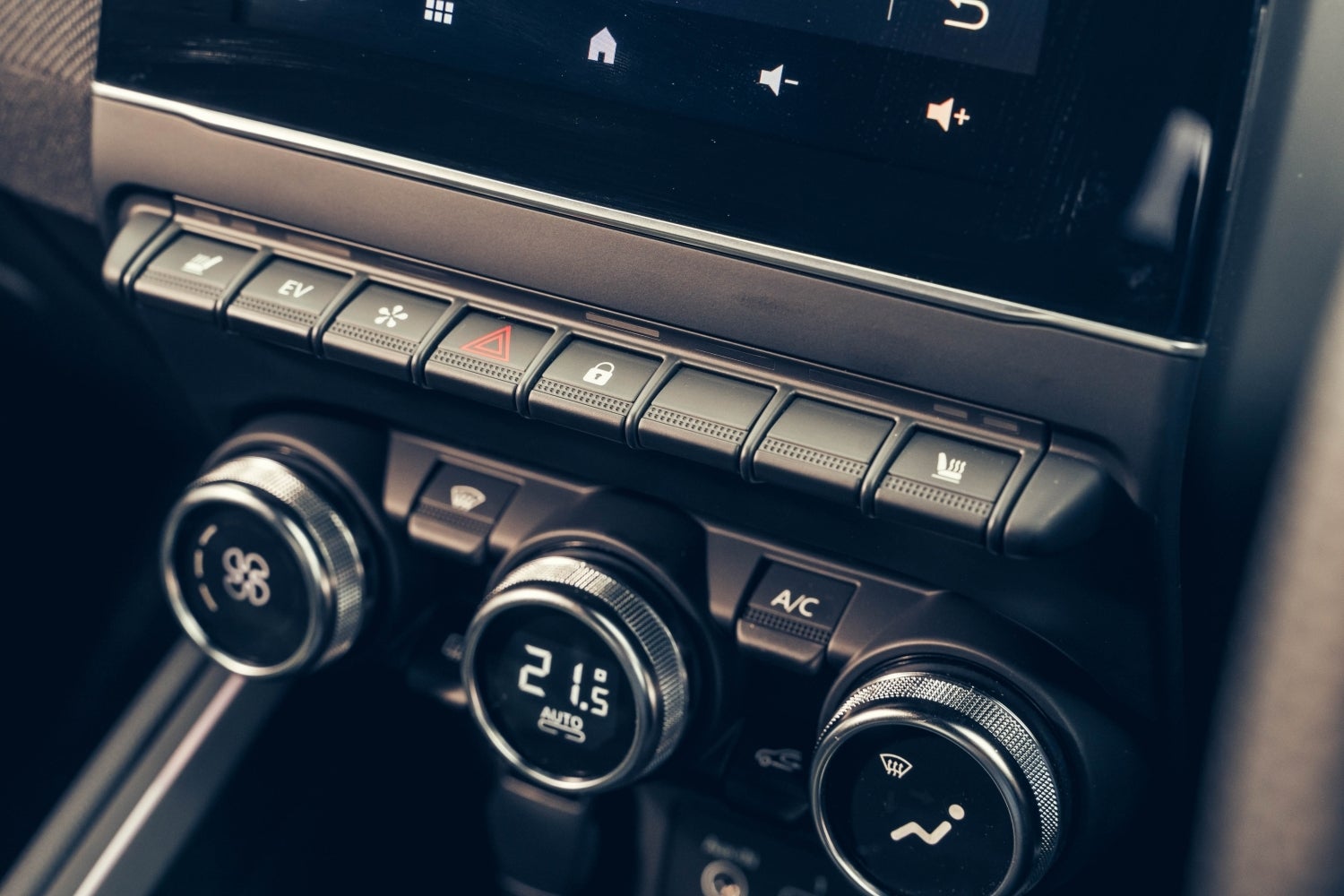
The Clio doesn’t ooze showroom appeal, to be frank, but on the move it’s an extremely involving sort of drive, with the six-speed gearbox completely free of the kind of whine you used to get with hybrids, and the transitions between electrically assisted and pure petrol propulsion are imperceptible.
It’s a much more accomplished and confident performer than it appears on paper, and actually the kind of car you’d actively enjoy driving. It can be pressed very hard and will always keep its composure. It’s a car I can thoroughly recommend, provided you can find a way to justify the cost because the era of the budget small hatch is quietly drawing to a close. Its main competition is the Vauxhall Corsa/Peugeot 208, newer and more advanced designs but which lack the Clio’s verve.
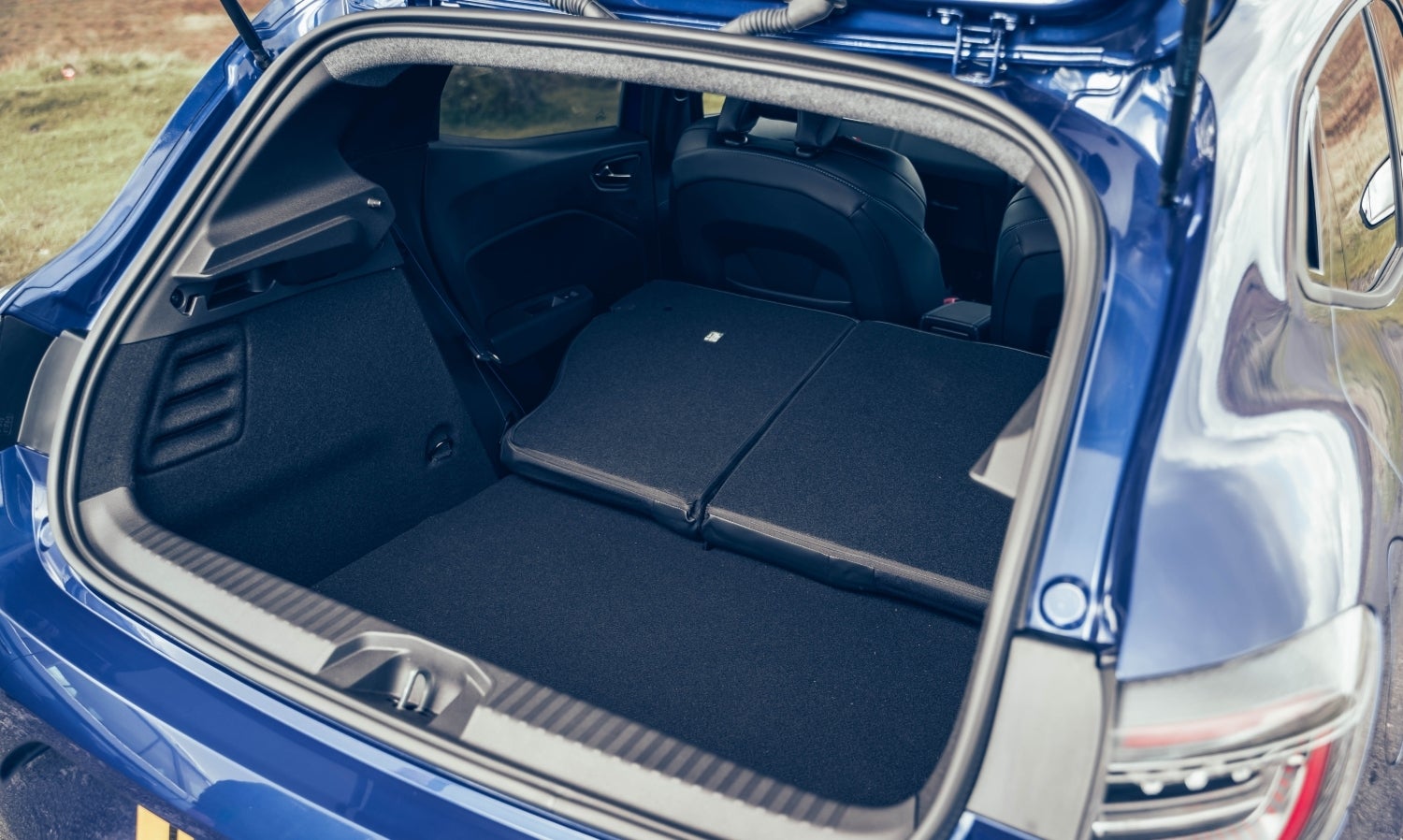
There are very many virtues and few drawbacks to the Clio, but its few sins are obvious. The fan makes a bit of noise, for a start, and I got some reverberations through the steering wheel on a cold start, though it soon warms up and sorts itself out. The faux-leather seats are mostly comfortable and grippy but could do with more lumbar support.
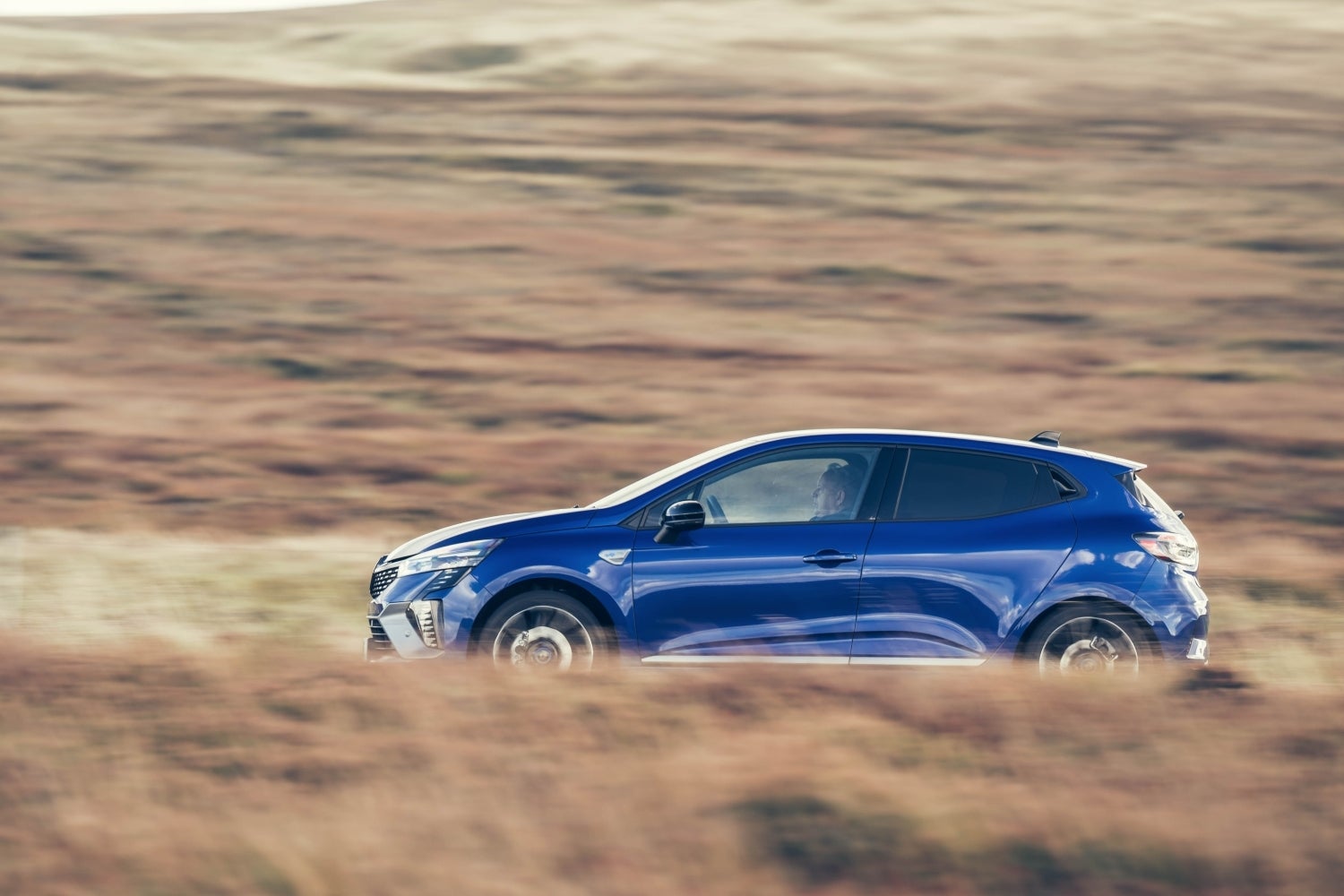
Sprightly as it is, and greatly satisfying to drive, I’d also have thought Renault could have got a bit more out of the 1.6-litre engine and hybrid assistance than they have. I guess it’s tuned in the interests of economy and its emissions, in line with our more sensible times. Unlike the good-old/bad-old days there’s no exuberant homologation specials with a burbling 3-litre V6 dumped where the rear seats should be. A small part of me, I confess, regrets that. Small Renaults are much tamer these days – but still great fun.
Join our commenting forum
Join thought-provoking conversations, follow other Independent readers and see their replies
Comments
Bookmark popover
Removed from bookmarks